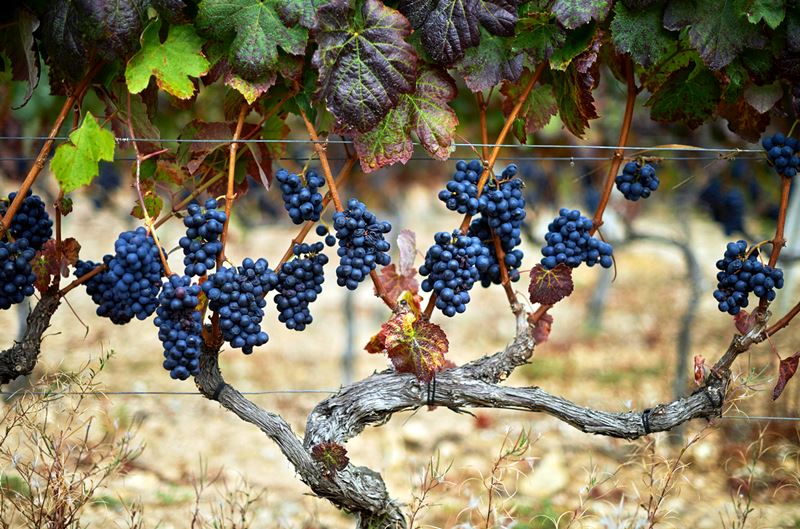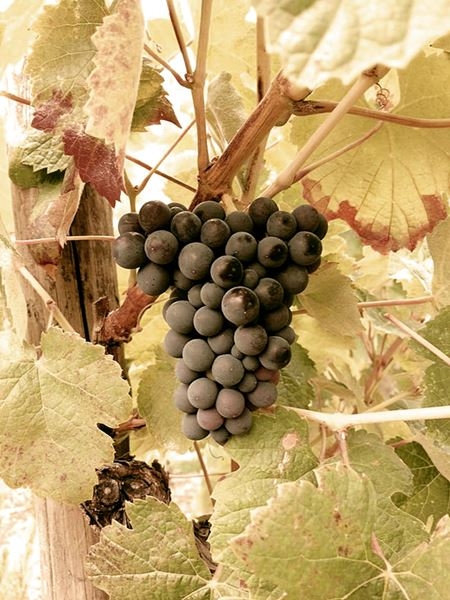Baga: Bairrada's hidden gem reshaping Portugal's wine landscape
Unveiling Portugal's Next Top Grape
2024-03-01

Portugal is a treasure trove of vinicultural secrets, with over 300 native grape varieties, many of which have remained under the radar for centuries. For a long time, Portugal's wine narrative was almost exclusively tied to its world-renowned sweet, fortified Port wines. However, the country is currently experiencing a vinous revolution, shining a spotlight on its vast array of indigenous grapes. Among these, one grape variety is making waves far beyond its traditional confines, heralding a new era for Portuguese wine. This grape is none other than Baga, the flagship red of the Bairrada region, a relatively hidden gem nestled between the cool Atlantic coast and the mountainous terrains of the Dão.
Bairrada, traditionally recognized for its metodo classico sparkling wines, is now gaining fame for its Baga-based red wines, which have quietly amassed a cult following over the past decade. The Baga grape, with its thin skin and late-ripening nature, is often compared to the capricious Pinot Noir and Nebbiolo for its challenge in cultivation and its potential to produce complex, age-worthy, and elegantly structured red wines. These wines are celebrated for their distinctive blend of freshness, transparency, and a unique salty, mineral finish that speaks volumes of the region's terroir.

Eduardo Porto Carreiro, a notable figure in the beverage industry, likens Baga's burgeoning popularity to the rise of other grapes, such as Spain's Mencía or Italy's Pelaverga and Nerello Mascalese. The increasing presence of Baga wines in the U.S. market suggests that this grape is on the brink of a major breakthrough, offering wine enthusiasts new expressions of Portuguese terroir to explore.
The evolution of Baga from Bairrada has been significantly shaped by a handful of visionary producers, including the legendary Luis Pato, who revitalized the grape in the 1980s, and his daughters Filipa and Maria, alongside other contemporary vintners who are diversifying the styles and expressions of Baga. This new generation of winemakers is experimenting with Baga, producing everything from light, easy-drinking wines to robust, classically structured reds that showcase the grape's versatility and the region's varied microclimates.
Baga's similarity to Pinot Noir and Nebbiolo extends beyond its temperament to embody a profound expression of Bairrada's unique terroir. The grape serves as a lens through which the nuances of the region's soil and climate are magnified, offering a singular representation of place that is rare in Portugal's traditionally blend-focused wine culture. Visionaries like Filipa Pato are leading the charge in crafting site-specific, single-vineyard Baga wines that highlight the varietal's capacity to articulate the distinct characteristics of Bairrada's diverse landscape.
Efforts to preserve and promote Baga's heritage are not limited to single-vineyard expressions. Projects like V Puro, a collaborative effort to salvage ancient vineyards, underscore the importance of Bairrada's old vines in understanding and preserving the genetic diversity and historical significance of Baga. These endeavors not only contribute to the grape's resurgence but also ensure the sustainability and integrity of Bairrada's viticultural legacy.
As Baga continues to captivate the palates of wine lovers and industry professionals alike, especially in the U.S., its narrative is one of renewal, innovation, and a deep respect for tradition. The Bairrada region, with its flagship grape, stands at the forefront of Portugal's vinous renaissance, proving that even the most unassuming places can give rise to wines of extraordinary character and complexity. Baga's journey from obscurity to prominence is a testament to the enduring allure of discovering something truly unique in the world of wine.
Founded in 2007, Vinetur® is a registered trademark of VGSC S.L. with a long history in the wine industry.
VGSC, S.L. with VAT number B70255591 is a spanish company legally registered in the Commercial Register of the city of Santiago de Compostela, with registration number: Bulletin 181, Reference 356049 in Volume 13, Page 107, Section 6, Sheet 45028, Entry 2.
Email: [email protected]
Headquarters and offices located in Vilagarcia de Arousa, Spain.